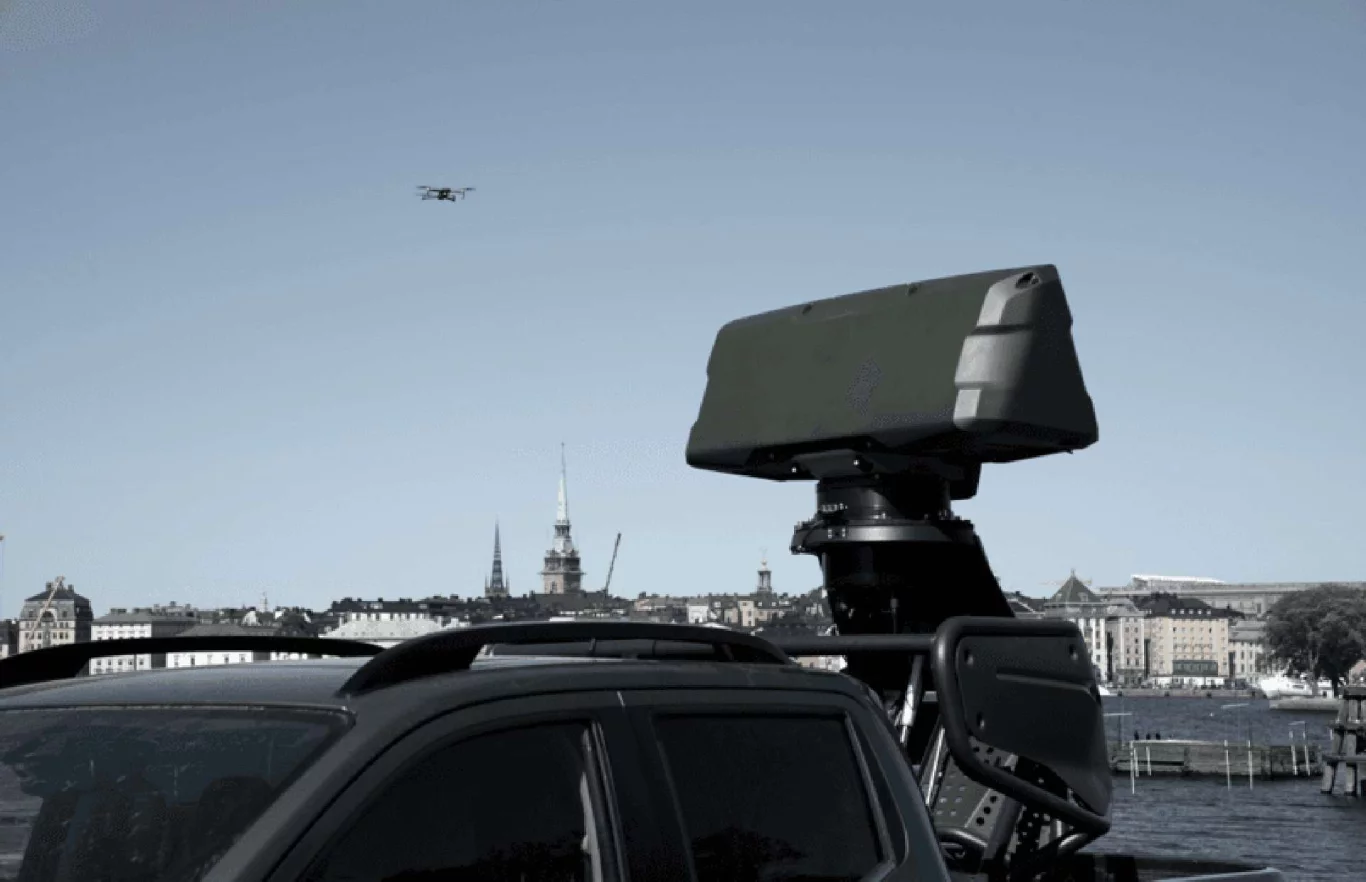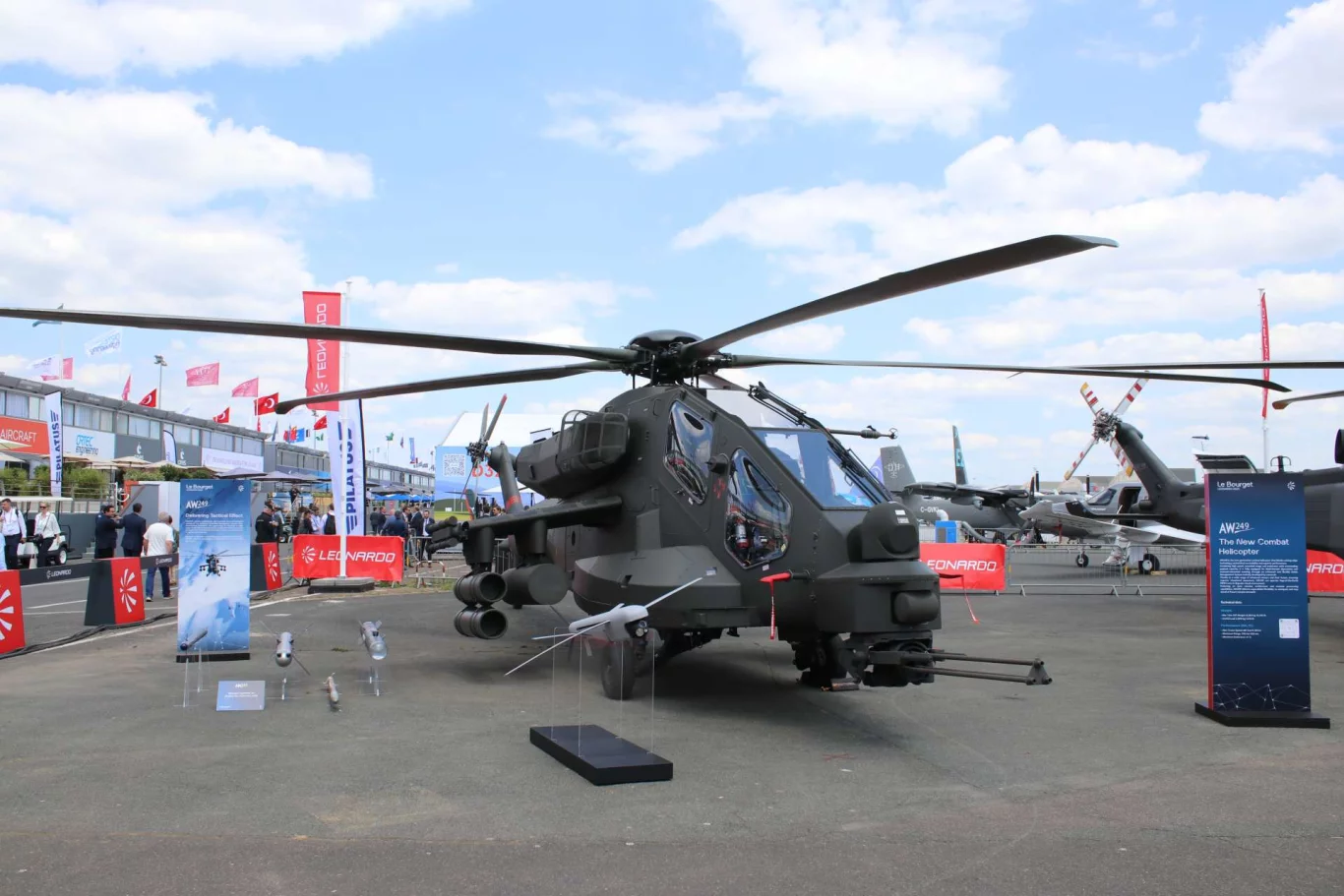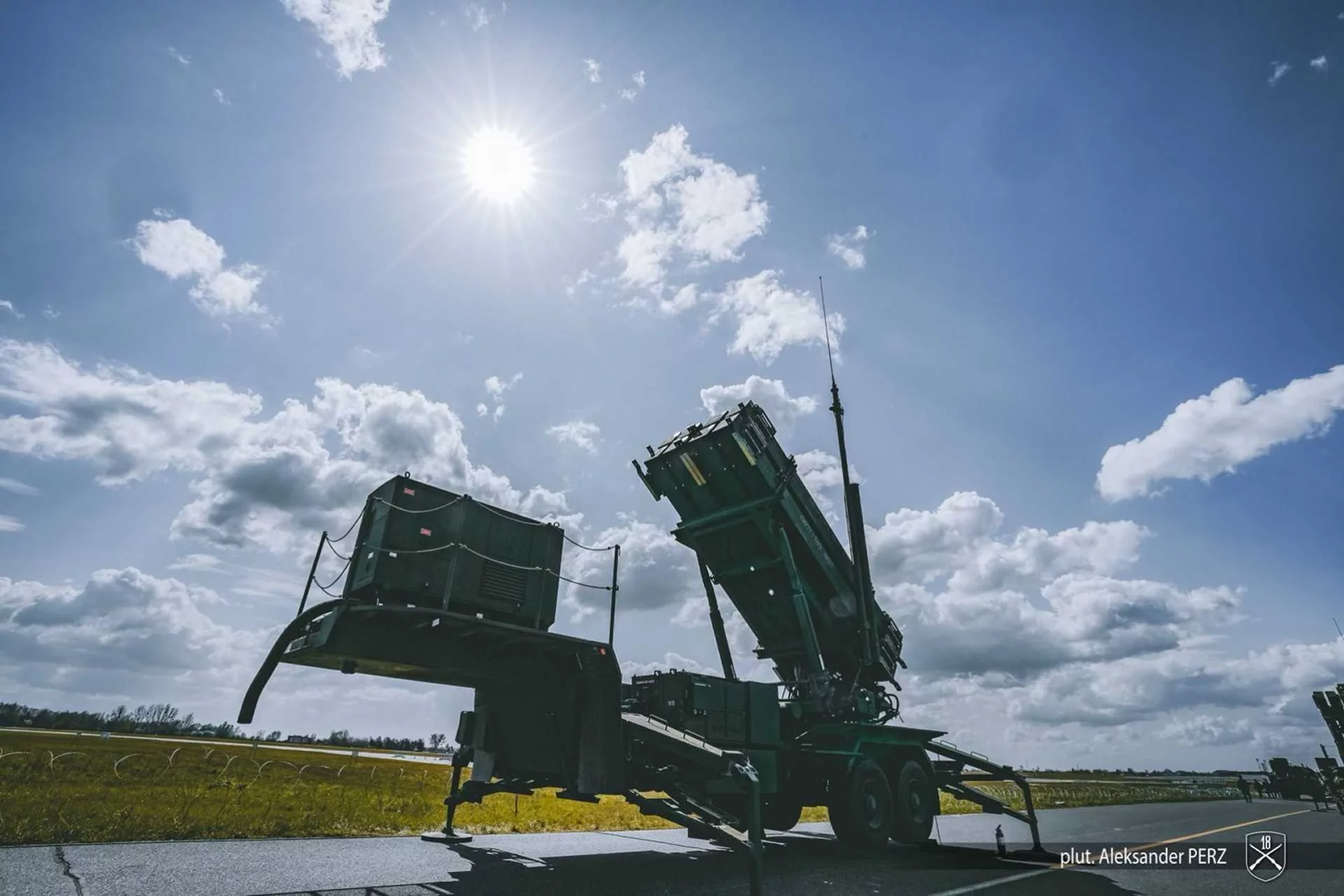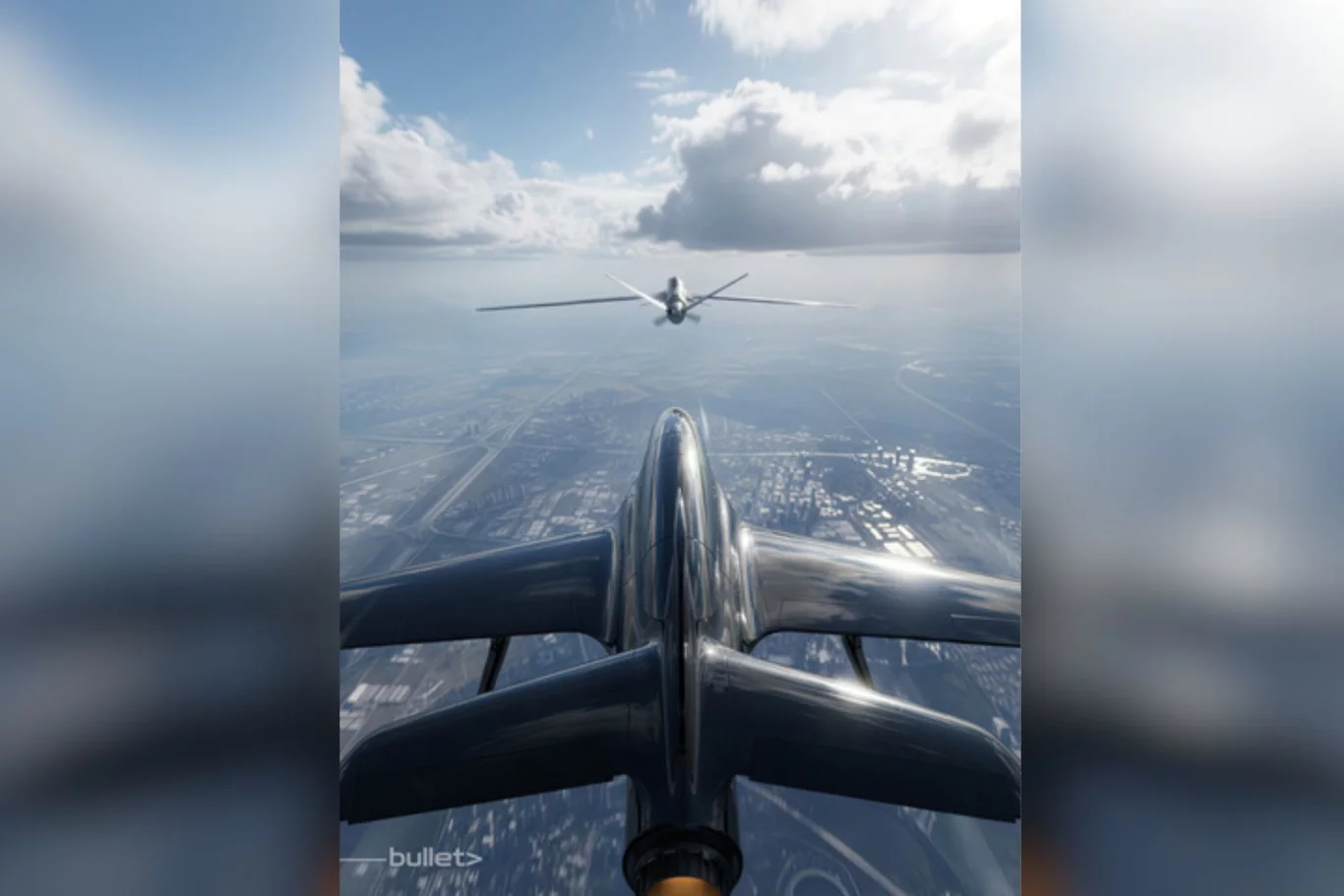In a pivotal move that significantly bolsters its short-range air defense capabilities and enhances allied interoperability, the U.S. Army has officially selected the Swedish Saab Giraffe 1X radar system in a substantial $46 million deal. This decision, emerging from a rigorous evaluation process, marks a strategic investment in cutting-edge radar technology designed to counter an increasingly complex array of aerial threats, from advanced drones and cruise missiles to conventional aircraft. It represents a forward-looking commitment not only to protecting U.S. forces but also to strengthening the integrated air defense networks of its allies, fostering a more resilient and cohesive collective security posture against the backdrop of evolving global challenges.
The modern battlefield, characterized by its dynamism and multifaceted threats, demands sophisticated and highly adaptable air defense solutions. Gone are the days when air defense solely focused on traditional manned aircraft; today, the sky is contested by a proliferation of unmanned aerial systems (UAS), loitering munitions, and stealthy cruise missiles that can overwhelm conventional sensor networks. This necessitates compact, highly mobile, and rapidly deployable radar systems capable of detecting and tracking these diverse threats with unparalleled precision. The U.S. Army’s selection of the Saab Giraffe 1X is a direct response to this urgent requirement, recognizing its capacity to fill critical gaps in short-range air defense (SHORAD) and counter-UAS (C-UAS) capabilities, particularly for expeditionary forces and forward-deployed units operating in complex environments.
At the heart of this acquisition is the Giraffe 1X, a truly state-of-the-art 3D AESA (Active Electronically Scanned Array) radar developed by Sweden’s renowned defense and security company, Saab. Despite its compact footprint, designed for rapid deployment on light vehicles or as a fixed installation, the Giraffe 1X delivers exceptional performance. Its advanced AESA technology allows for simultaneous air surveillance and target tracking, providing a comprehensive and continually updated air picture. Critically, it excels at detecting small, fast-moving, and low-flying targets, such as mini- and micro-drones, which are notoriously difficult for larger, less agile radar systems to identify. This “detect-and-track” capability is further enhanced by its ability to classify targets, distinguish between friendly and hostile aircraft, and operate effectively in challenging conditions, including cluttered environments and under electronic warfare attacks, thanks to its robust electronic protection measures.
The operational flexibility of the Giraffe 1X is a key factor in its appeal to the U.S. Army. Weighing less than 1,000 kg (2,200 lbs), its lightweight design enables it to be mounted on a wide range of platforms, from tactical vehicles like the HMMWV or JLTV to even small vessels, or integrated into fixed site installations. This inherent mobility ensures that critical air defense coverage can be established quickly wherever it is needed most, whether supporting frontline troops, protecting high-value assets, or securing forward operating bases. Its intuitive human-machine interface and low training burden further contribute to its operational readiness, allowing soldiers to rapidly deploy and effectively operate the system with minimal specialized instruction. For the U.S. Army, which operates globally and often in diverse, challenging terrains, such adaptability and ease of use are paramount.
Beyond its technical prowess, the Giraffe 1X acquisition carries significant strategic implications for allied air defense. Sweden, as a crucial European partner and soon-to-be full member of NATO, has a long-standing tradition of producing high-quality defense technology. The integration of Swedish-made radar systems into the U.S. Army’s inventory fosters deeper interoperability between the two nations’ armed forces and across the broader NATO alliance. It means that U.S. and allied units can share a common operating picture, communicate seamlessly, and coordinate their air defense efforts more effectively, creating a truly networked and resilient air defense shield. This is particularly vital in an era where coalition operations are the norm, and the ability of diverse military assets to “talk” to each other is critical for mission success and collective security.
The $46 million contract underscores the U.S. Army’s commitment to modernizing its air defense architecture, recognizing that superior sensing capabilities are the foundation of effective defensive and offensive operations. This investment signals a broader strategic pivot towards smaller, more distributed, and highly networked air defense assets that can complement larger, strategic systems. It’s about creating a truly layered defense, where every echelon, from the individual soldier to the brigade level, has the tools to detect and counter aerial threats. The Giraffe 1X, with its proven track record and advanced features, will play a crucial role in empowering U.S. and allied forces with the enhanced situational awareness necessary to dominate the lower airspace and protect personnel and equipment from persistent and evolving aerial threats. This strategic collaboration between the U.S. Army and Saab exemplifies the importance of international partnerships in building a robust and adaptable defense posture for the challenges of today and tomorrow.




